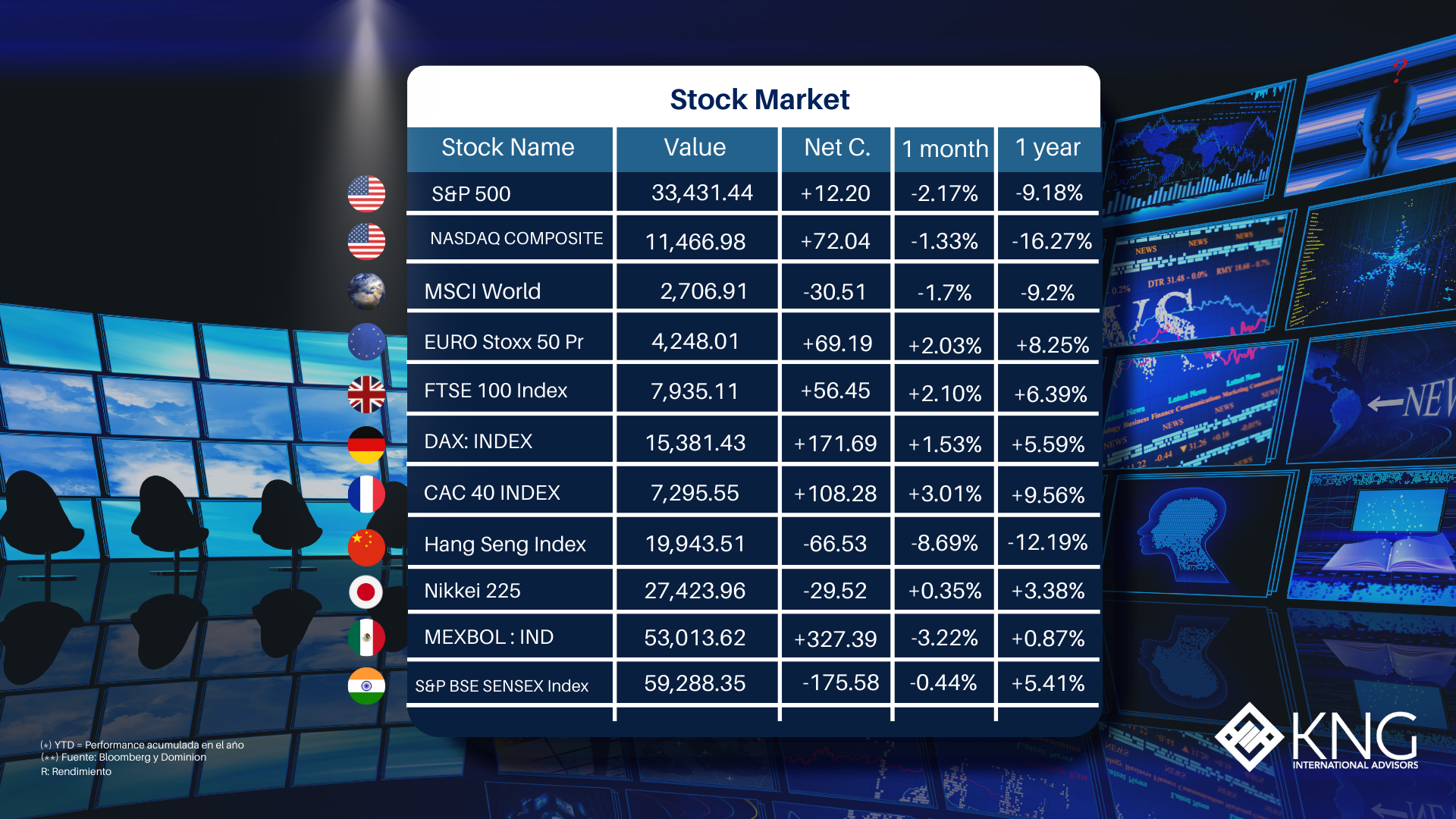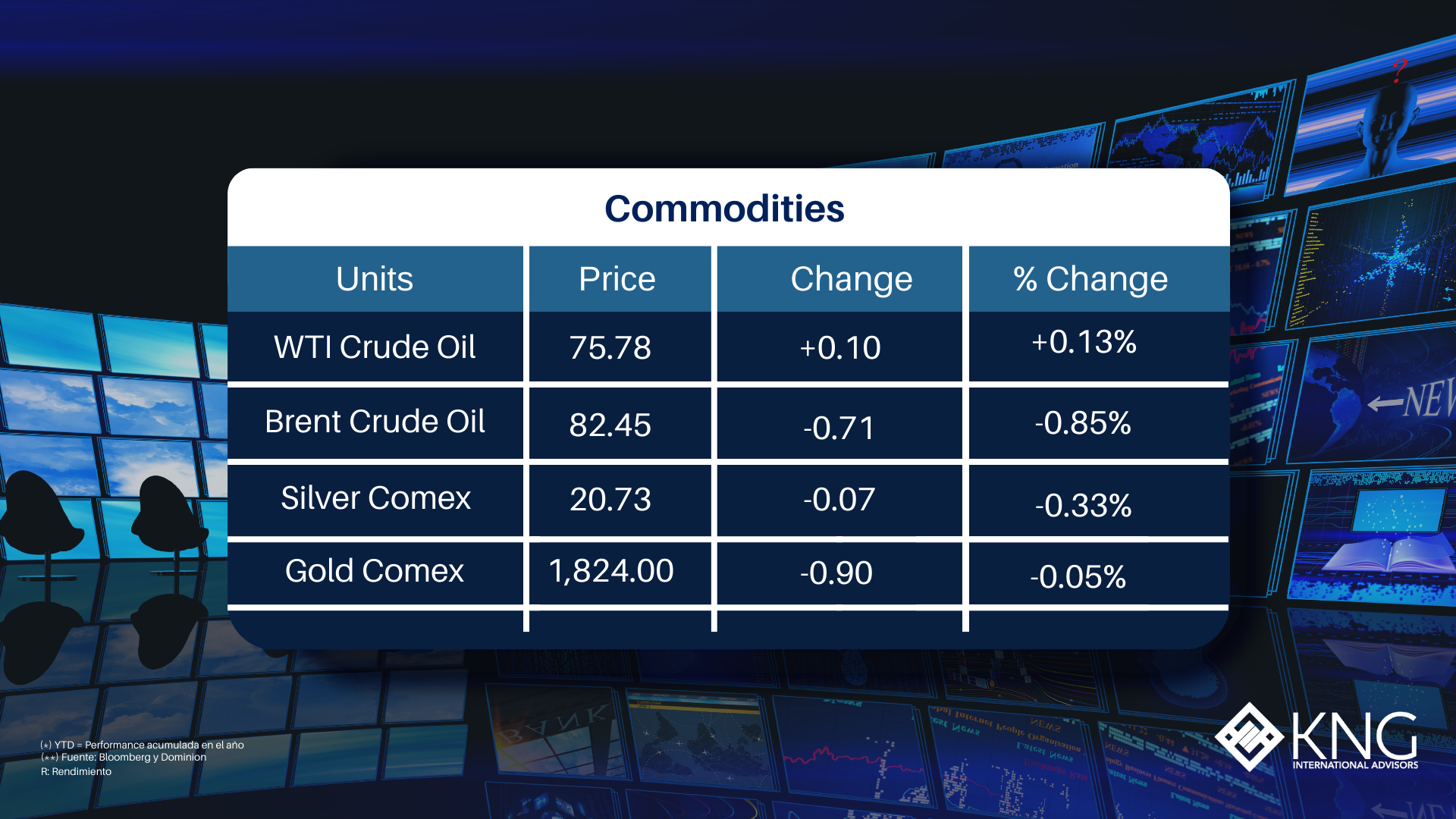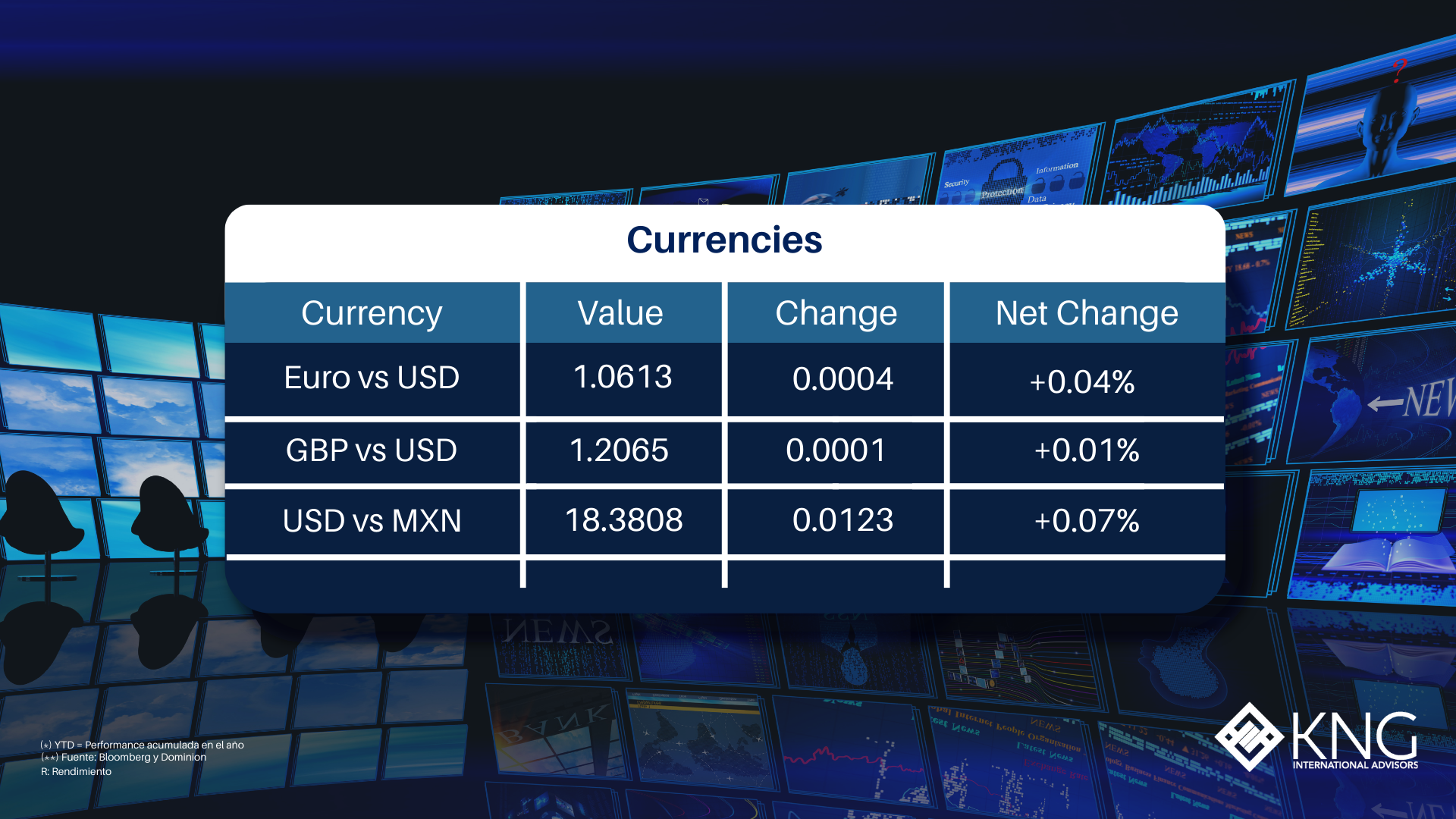Monday 6th of March 2023
Listen to this financial market update by playing this audio...




Technological advancements keep shocking us...
The rate of change in technology has been astounding over the past 200 years. Since the dawn of the industrial revolution in the late 18th century, humanity has moved from using horses and sail ships as a primary means of transportation, to mile-long diesel powered super container ships, cars, and jet powered aircraft. Even in the past 30 years, communications and IT technology have changed dramatically. A mobile phone or desktop computer more than 10 years old today is not just outdated, these products are often now incompatible with the latest generation of software and operating systems.
Change in any system creates risks and opportunities. Risks for those that were beneficiaries of the system before the change, opportunities for others. When it comes to modern technology investing, the risks and opportunities are magnified by the rapid rate of change and the scale of the market opportunity for the winners.
It is easy to see today’s technology champions as being immune to change. They appear to us as so dominant in technologies we use every day, it’s hard to imagine a new competitor or technology replacing them. But the history of capitalism is, if anything, a history of competition, innovation, and of today’s champions becoming tomorrow’s has-beens.
Kodak was once a technology champion in the United States, considered to have a dominant market position in the industry of photography and photographic film. Polaroid was considered a technological marvel in the 1970s, at its peak it employed 21,000 people and had $3 billion in annual revenues. Instantly capturing an image on film was, in the 1970s, truly revolutionary.
Nokia in the more recent past was the world’s dominant technology player in mobile phone handsets. Pretty much everyone who had a mobile phone in the early 2000s had a Nokia handset. They were the best mobile phone handsets at the time.
In the late 1990s, the dominant internet search engine was AltaVista, a mainframe computing company which used its tennis-court-sized computers to deliver what would now be considered quite poor internet search results.
What unites the companies we have mentioned here, Kodak, Polaroid, Nokia, AltaVista, is that they were all once dominant players in important technologies, and today hardly anybody uses their products or services. In the case of AltaVista and Polaroid, the companies no longer even exist.
Technological change and innovation are fantastic for the consumer and for the progress of human civilisation, but incredibly risky for investors in the companies who own and develop technologies. The next innovation may be just around the corner, and your once mighty and ‘safe’ investment in a business may soon be under pressure, or worse, go to zero.
We emphasize topics covered in last weeks news report...
Last week we referenced the incredible new language model technology supplied by OpenAI (part-owned by Microsoft), ChatGPT, which is now connected to Microsoft’s internet search engine Bing. Language model driven AI functions like this are likely to disrupt many industries, and generate the change that creates those dreaded risks and much longed-for opportunities for investors.
Dominion concluded last week’s episode by saying that taking a bet on who will have the best intellectual property, the best technology, is very difficult. To go back to the 1990s example of AltaVista, there were at the time dozens of internet search engines and it was not obvious to anyone that Google would come to dominate internet search with >90% market share today. Similarly today, it is highly uncertain as to who will win in the race to develop language models or text and speech driven AI support. For all we know, this may be a relatively easily replicated technology and it quickly becomes commoditized. Or there may be one dominant player who takes most of the market.
We also concluded last week that one good way to play a technology innovation trend like AI is to invest in the suppliers of products needed to power the trend. In this case with AI, the data centres running the computing power needed for AI require a lot of computer chips, so investing in those suppliers of computer chips trading on reasonable valuations today still offers the tailwind of the trend without taking the risk of betting on the IP winner.
"But there is another way to play a new technology trend without taking the risk of betting on winners or losers."
Dominion Capital Strategies
New technologies are typically adopted by people and businesses, and those new technologies can often-times change their nature, especially in business. Just as the internal combustion engine transformed logistics and transportation, so too AI-driven language models are likely to transform industries today that rely on interactive communications with people to solve problems.
The businesses who adopted the internal combustion engine to transport goods in the early 20th century had a major cost and business advantage over those who did not, those who still relied on horses and sail power were doomed to fail. The businesses today who adopt language model driven AI systems into to their businesses, we argue, might similarly have a major advantage over those who do not. This advantage could show up in much lower costs and higher returns vs. the competition.
Dominion Capital Strategies believes that this is another very interesting hunting ground for investment ideas where new technology (in this case, AI language models like ChatGPT) has opened up the opportunity to invest in companies set to be transformed by new technologies.
We would like to thank Dominion Capital Strategies for writing this content and sharing it with us.
Sources: Bloomberg, Yahoo Finance, Marketwatch, MSCI.
Copyright © 2023 Dominion Capital Strategies, All rights reserved.
Disclaimer: The views expressed in this article are those of the author at the date of publication and not necessarily those of Dominion Capital Strategies Limited or its related companies. The content of this article is not intended as investment advice and will not be updated after publication. Images, video, quotations from literature and any such material which may be subject to copyright is reproduced in whole or in part in this article on the basis of Fair use as applied to news reporting and journalistic comment on events.